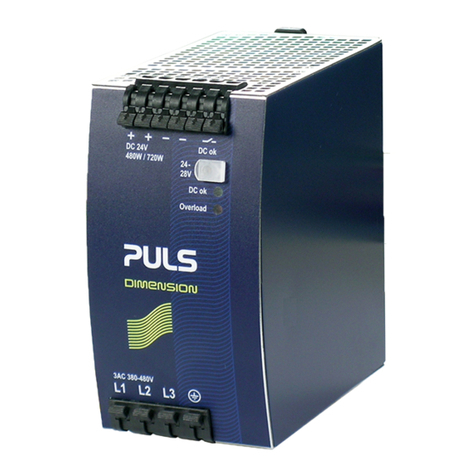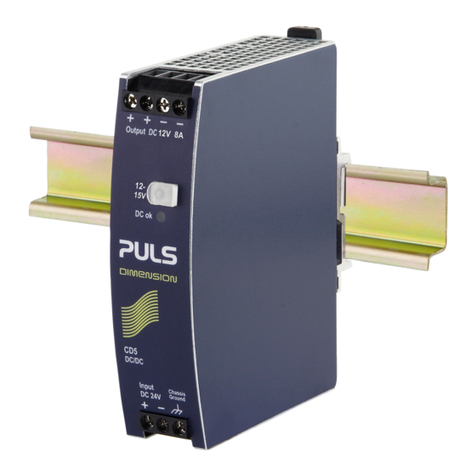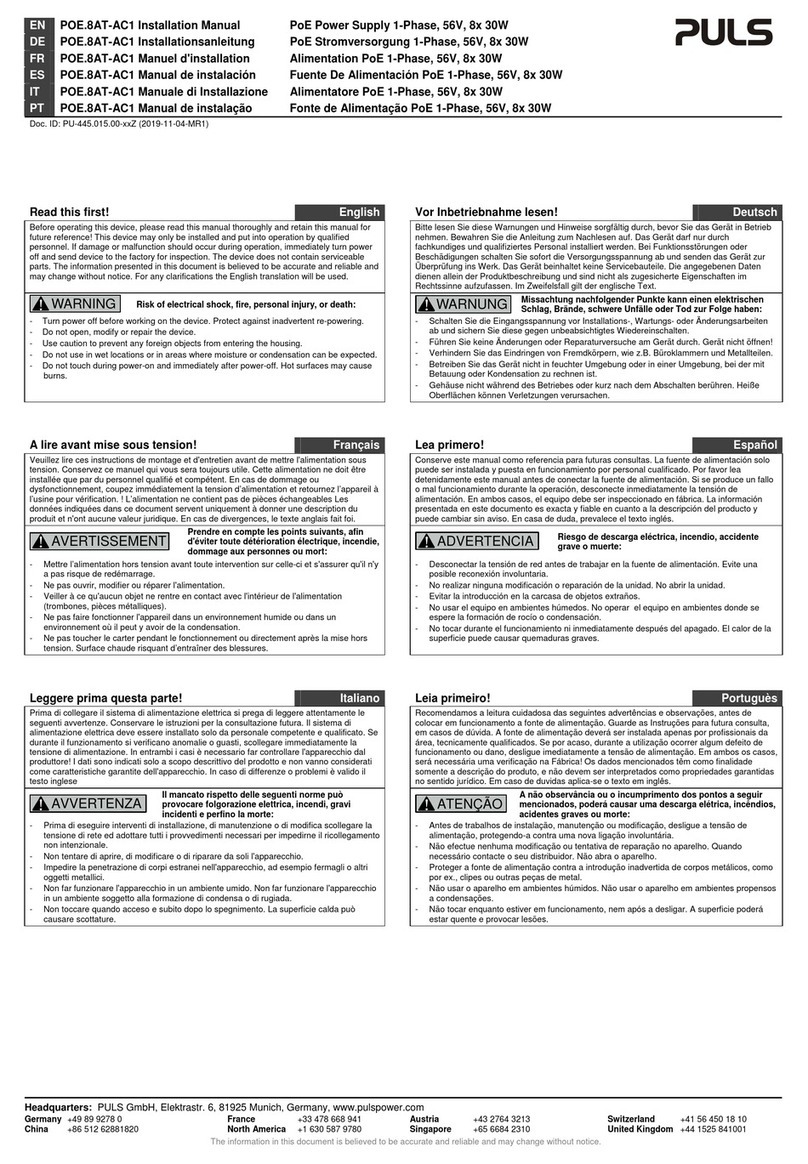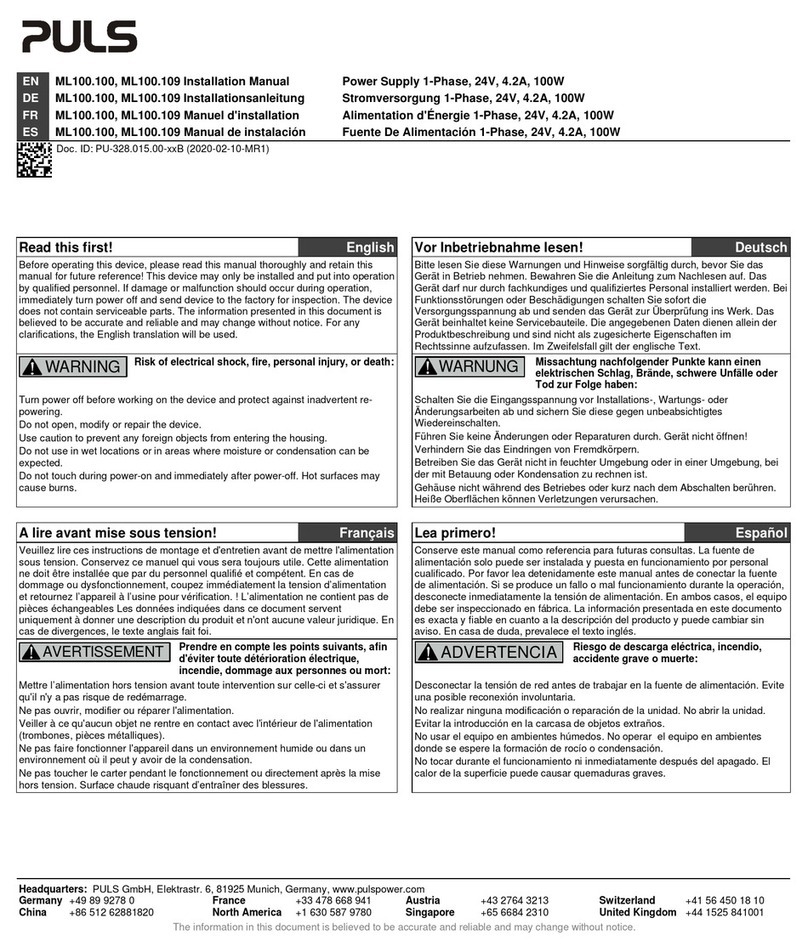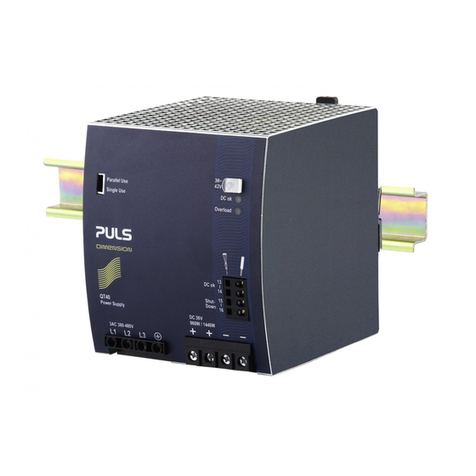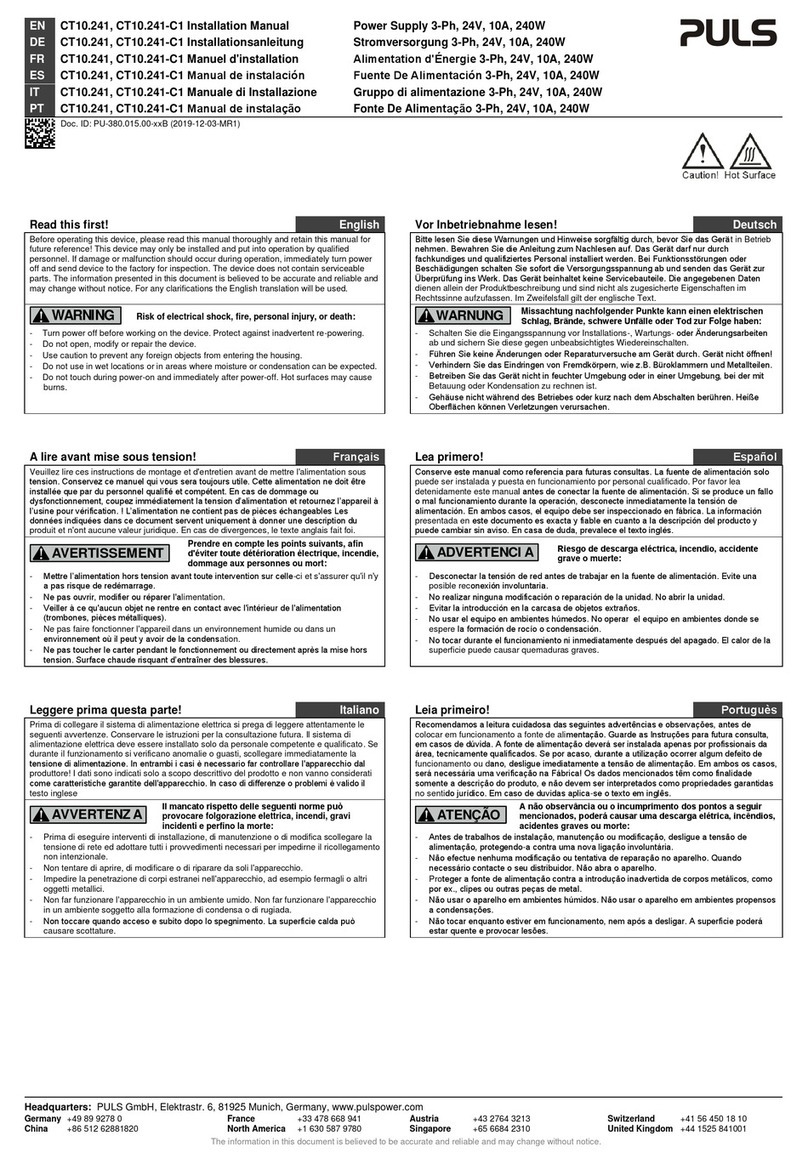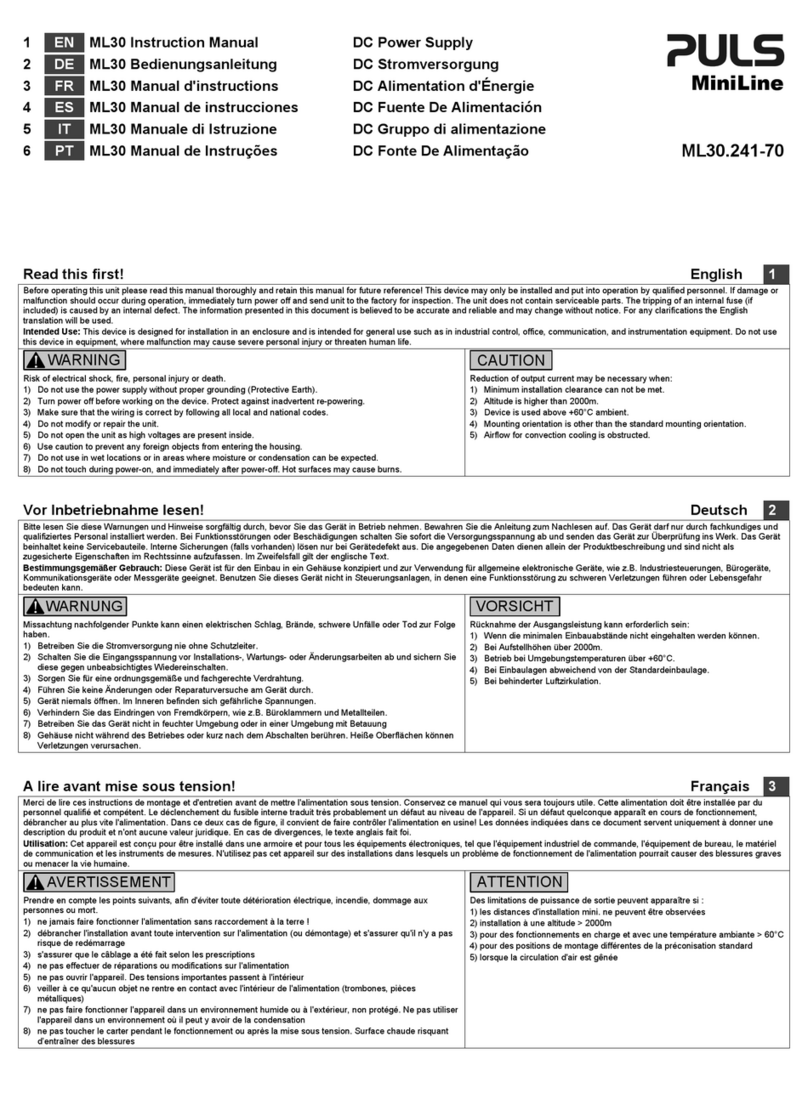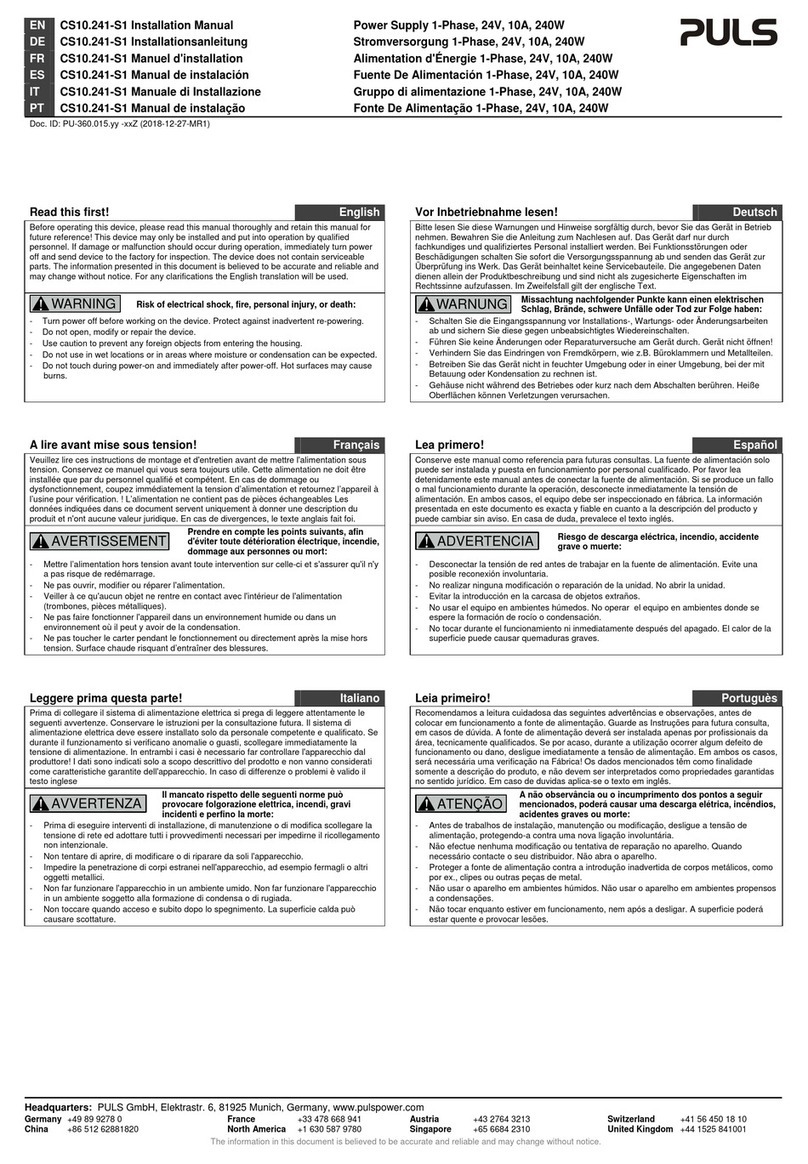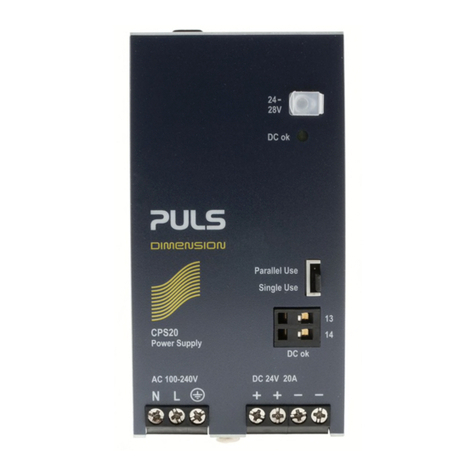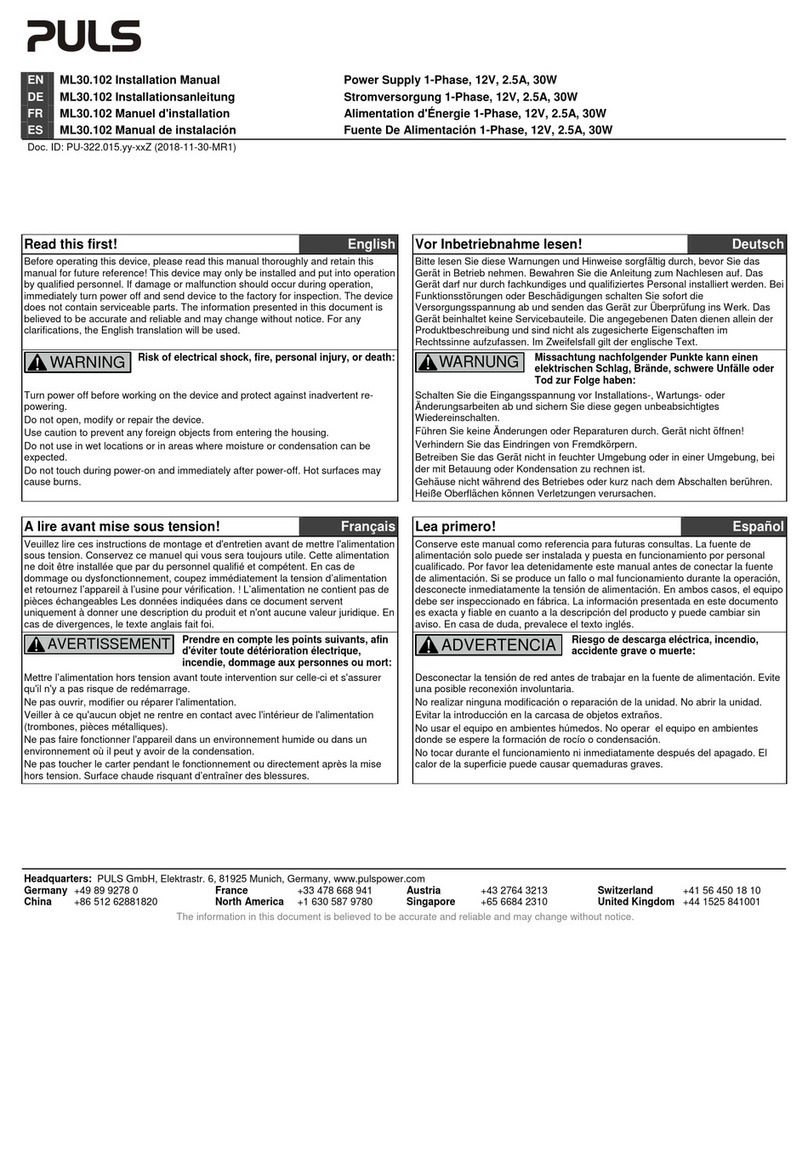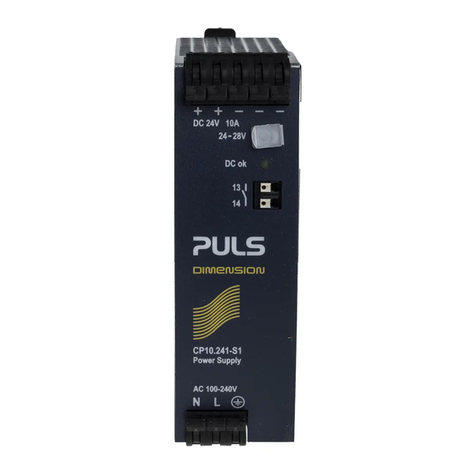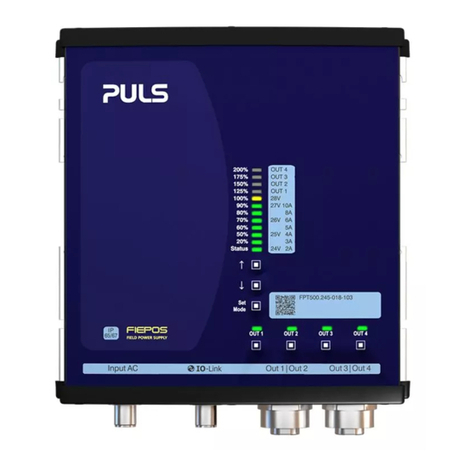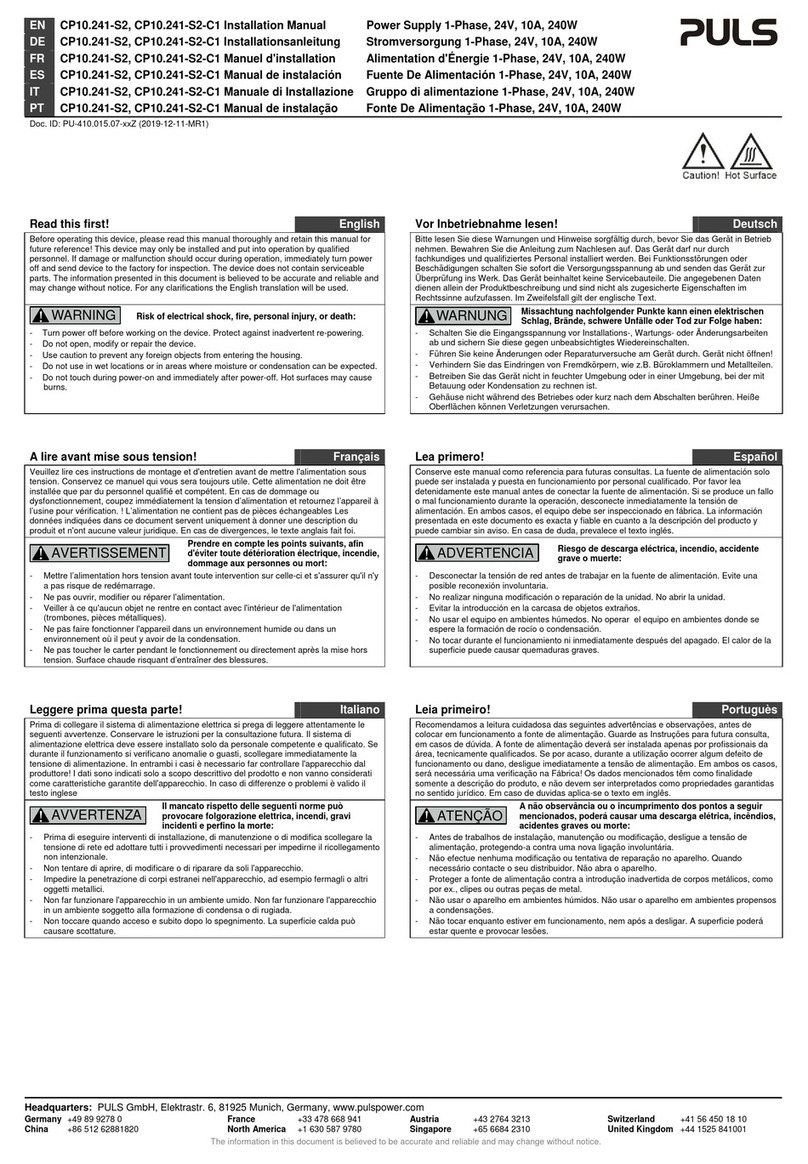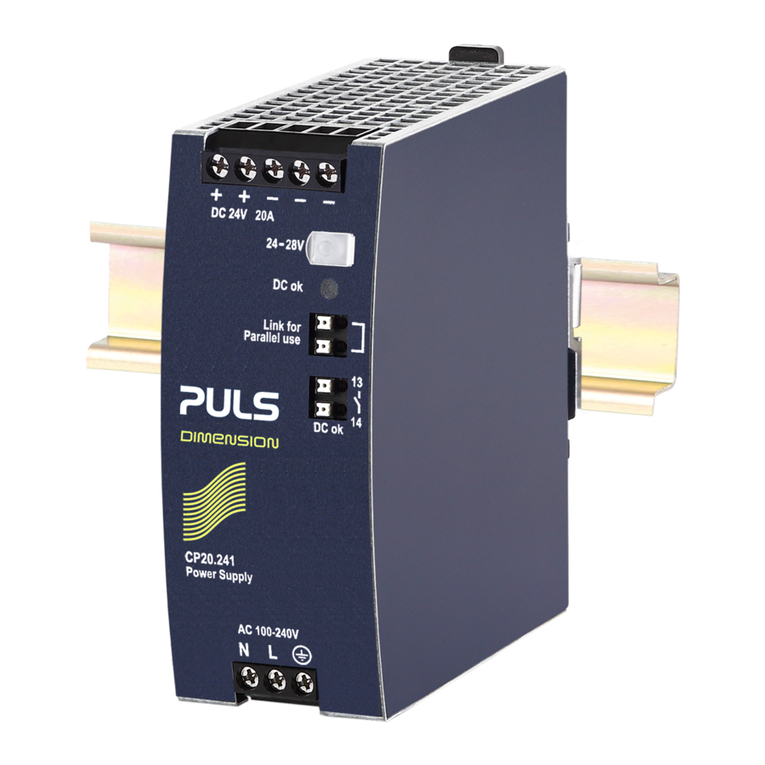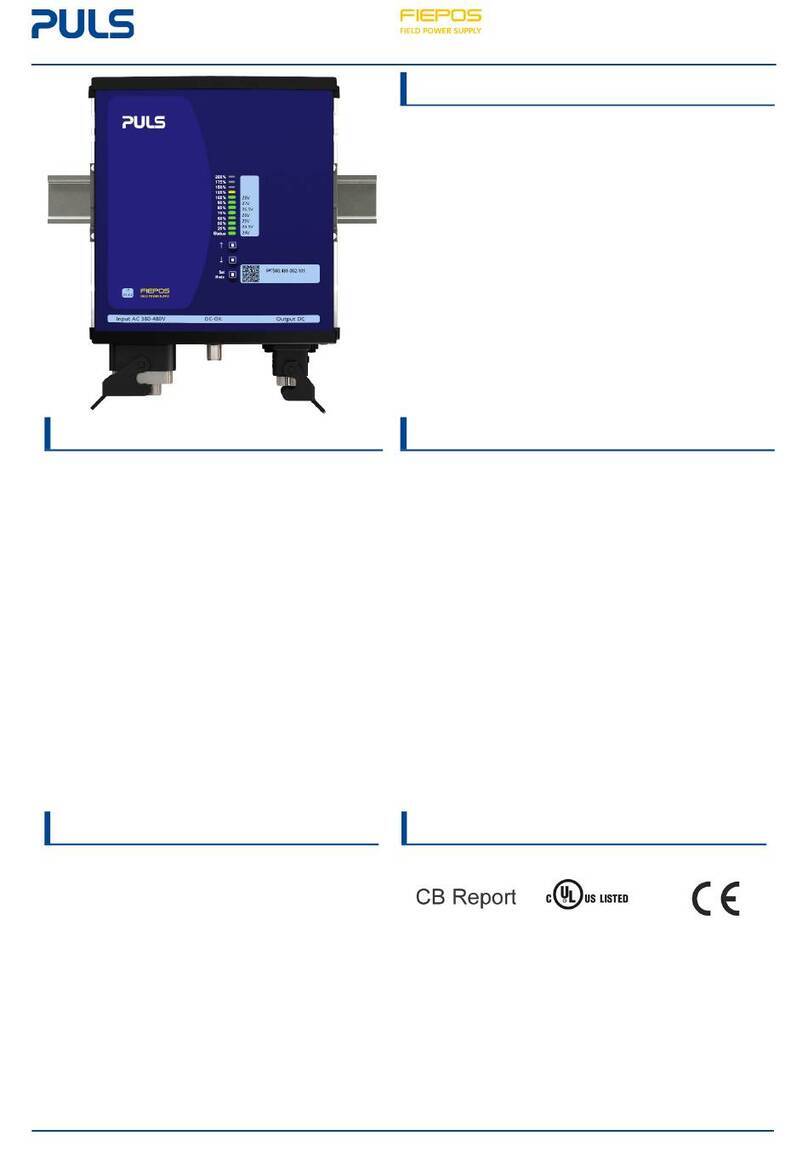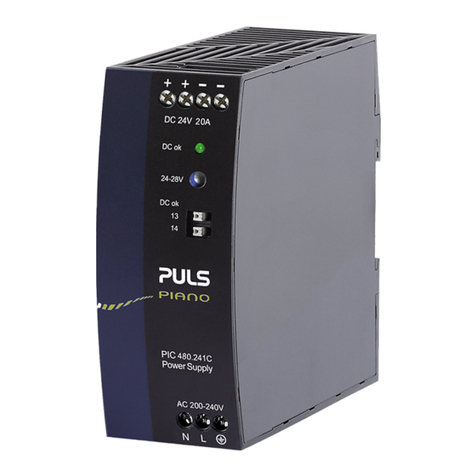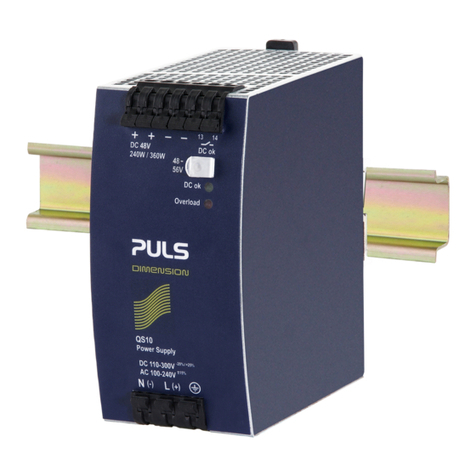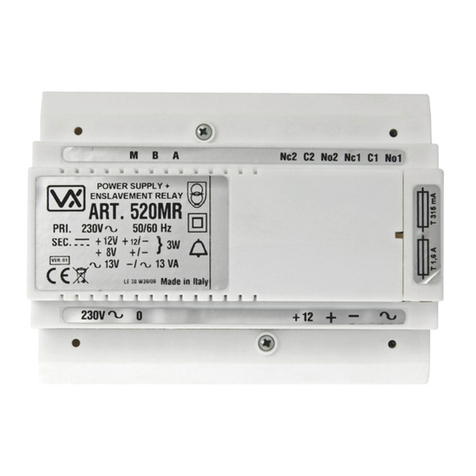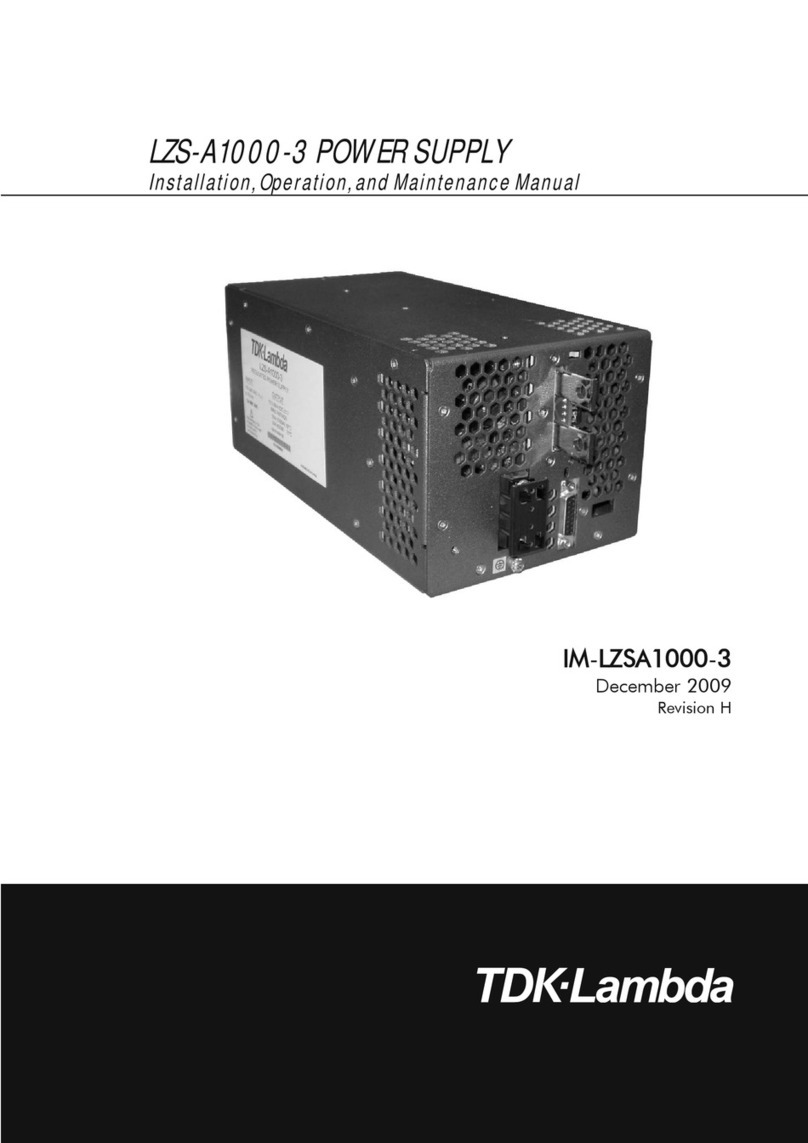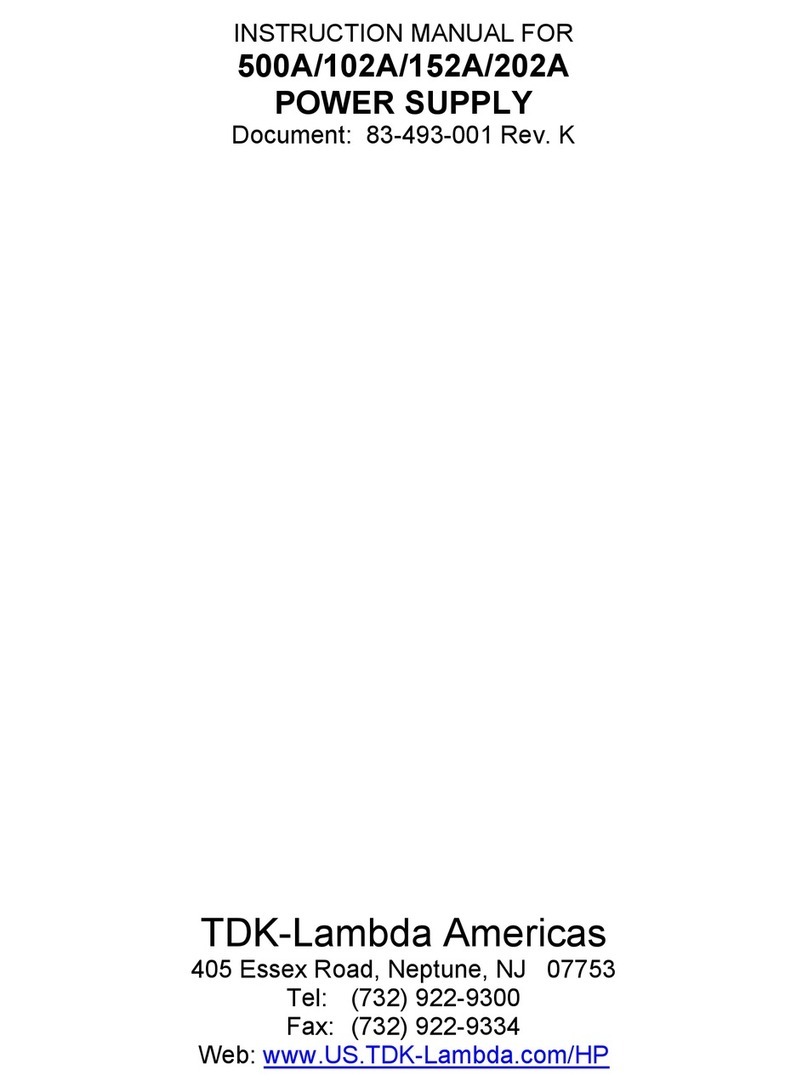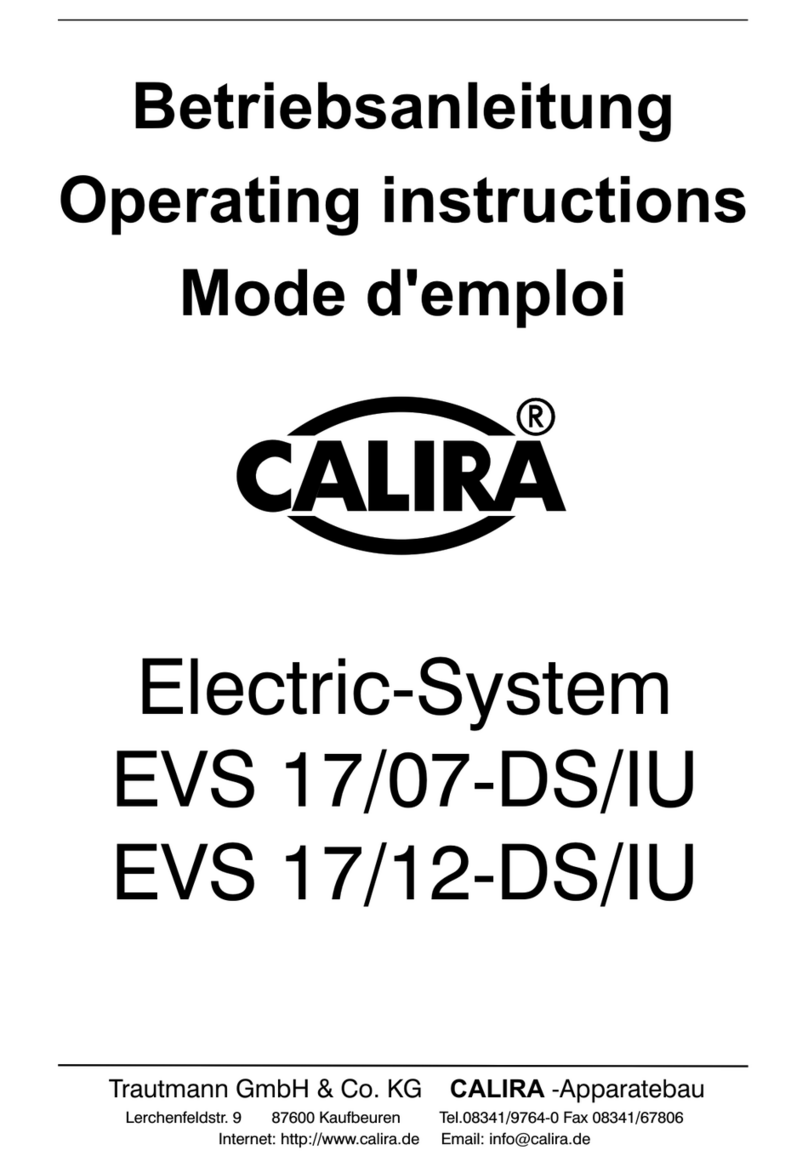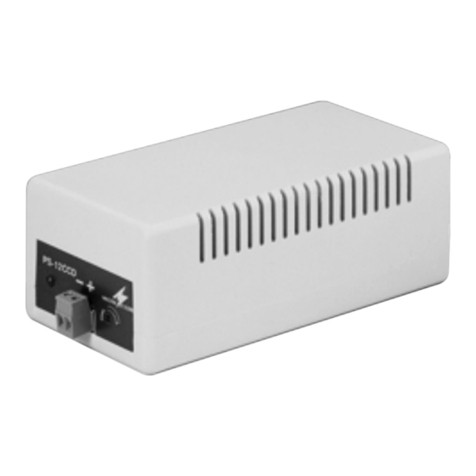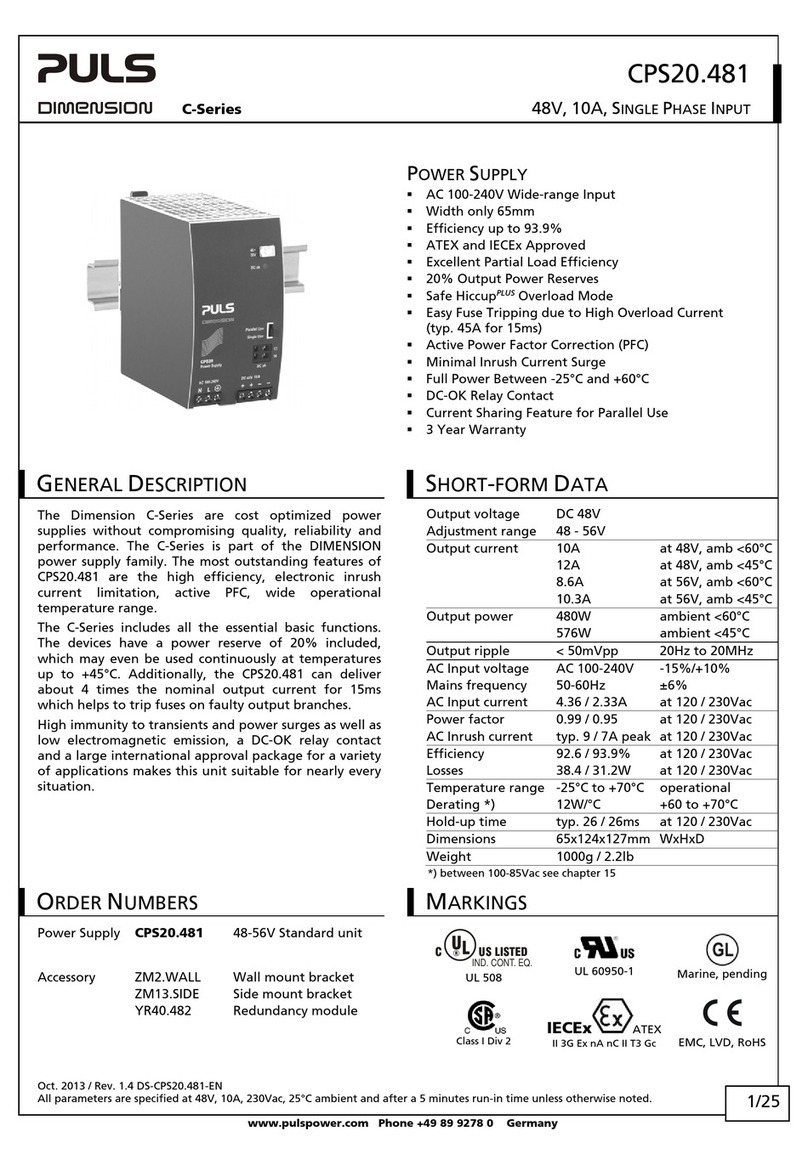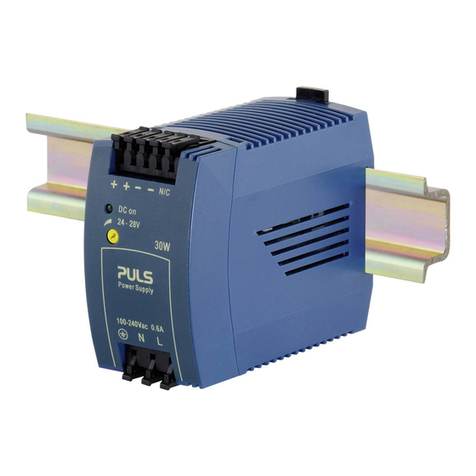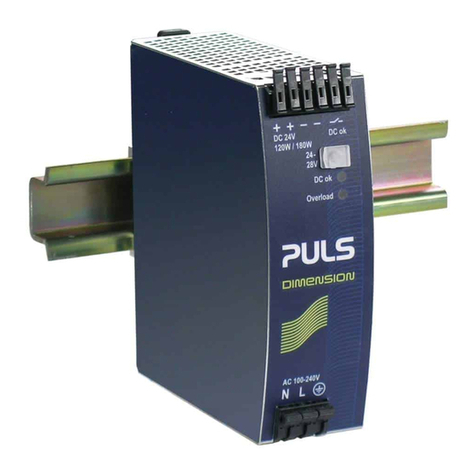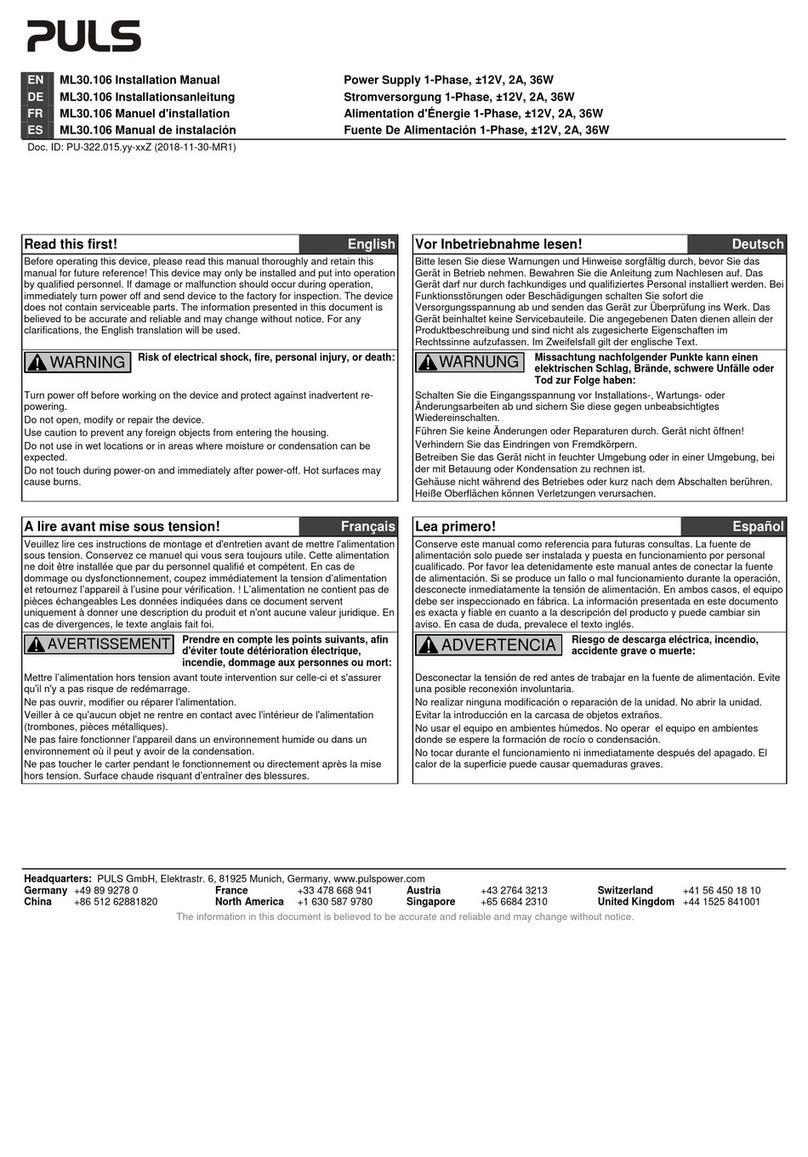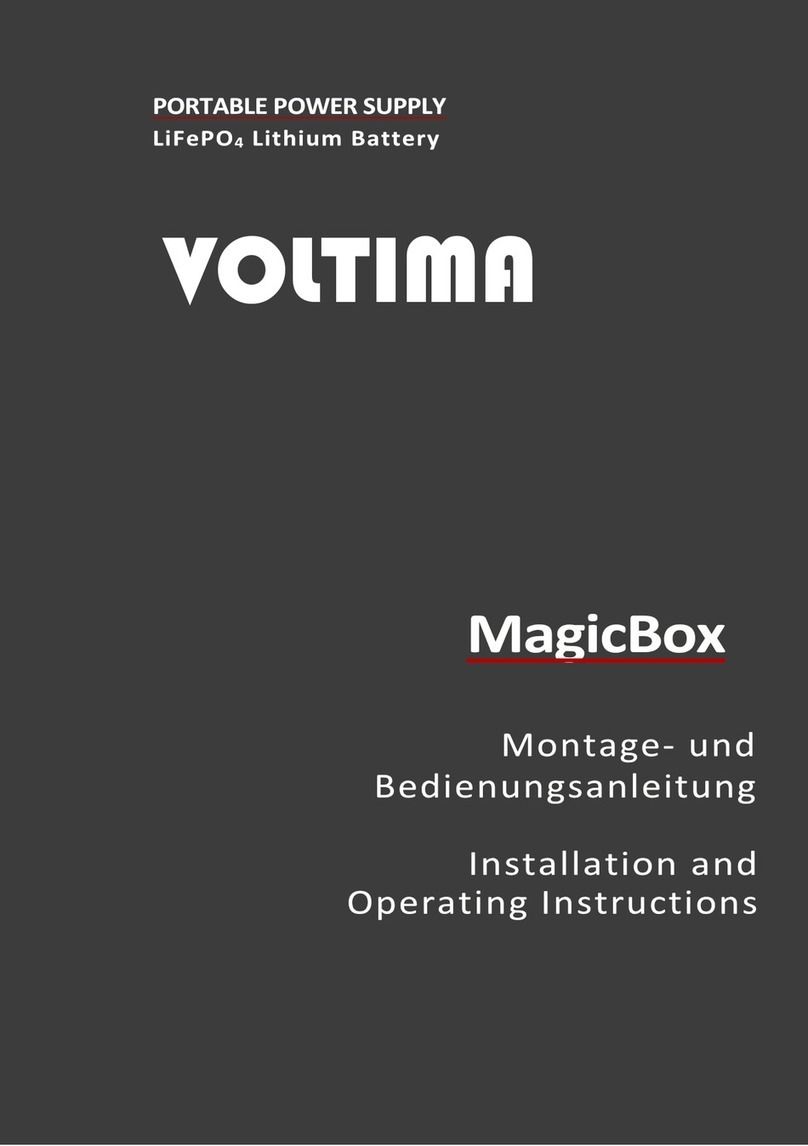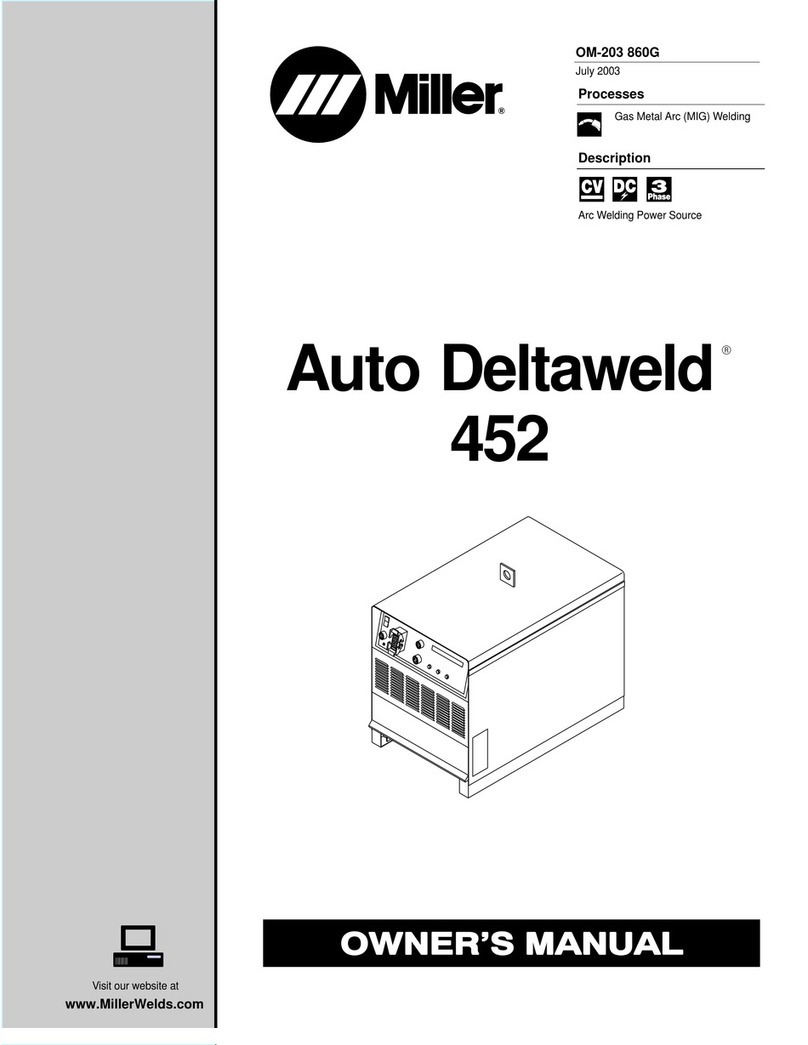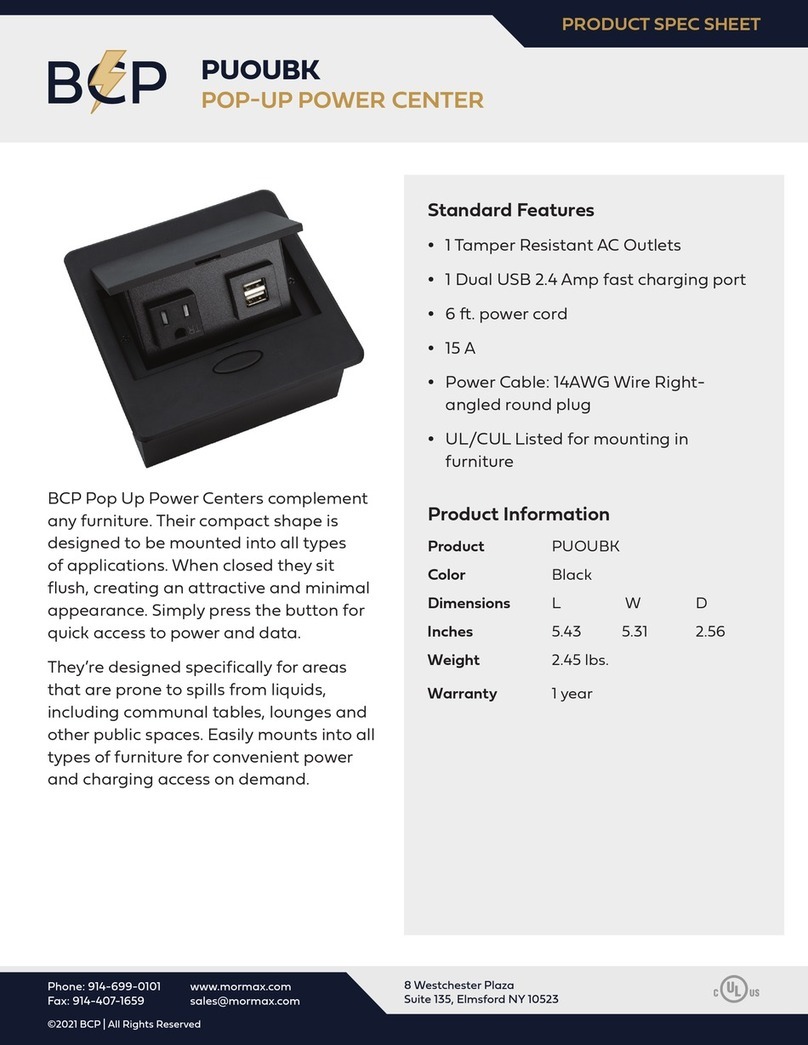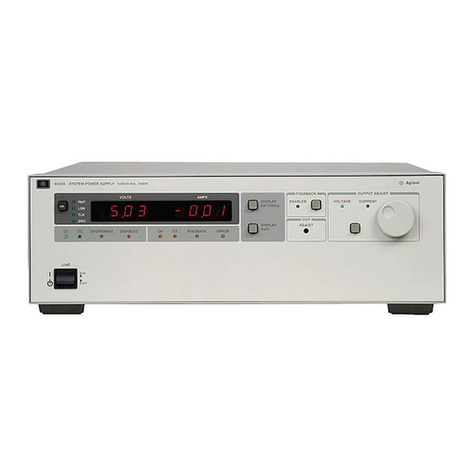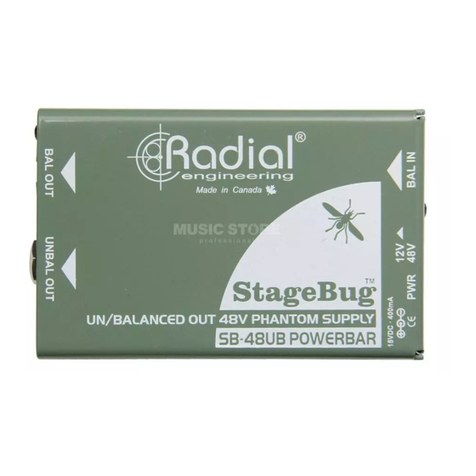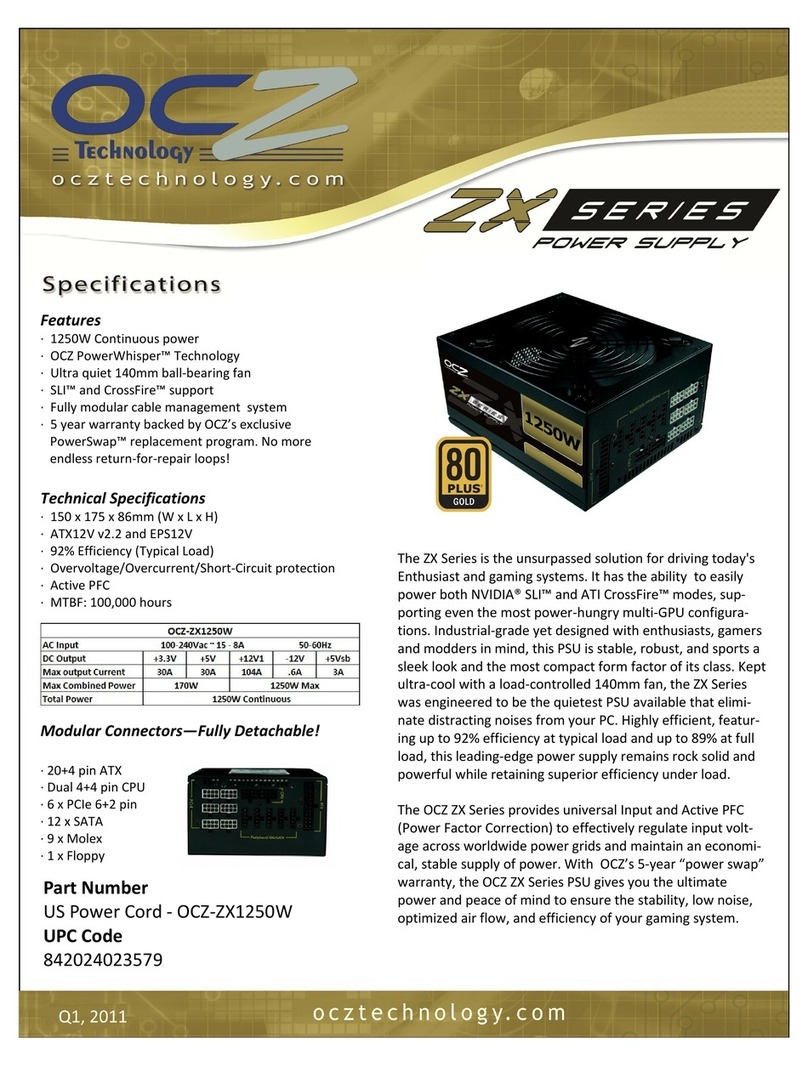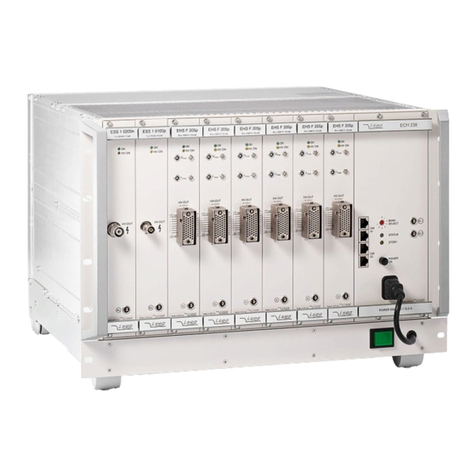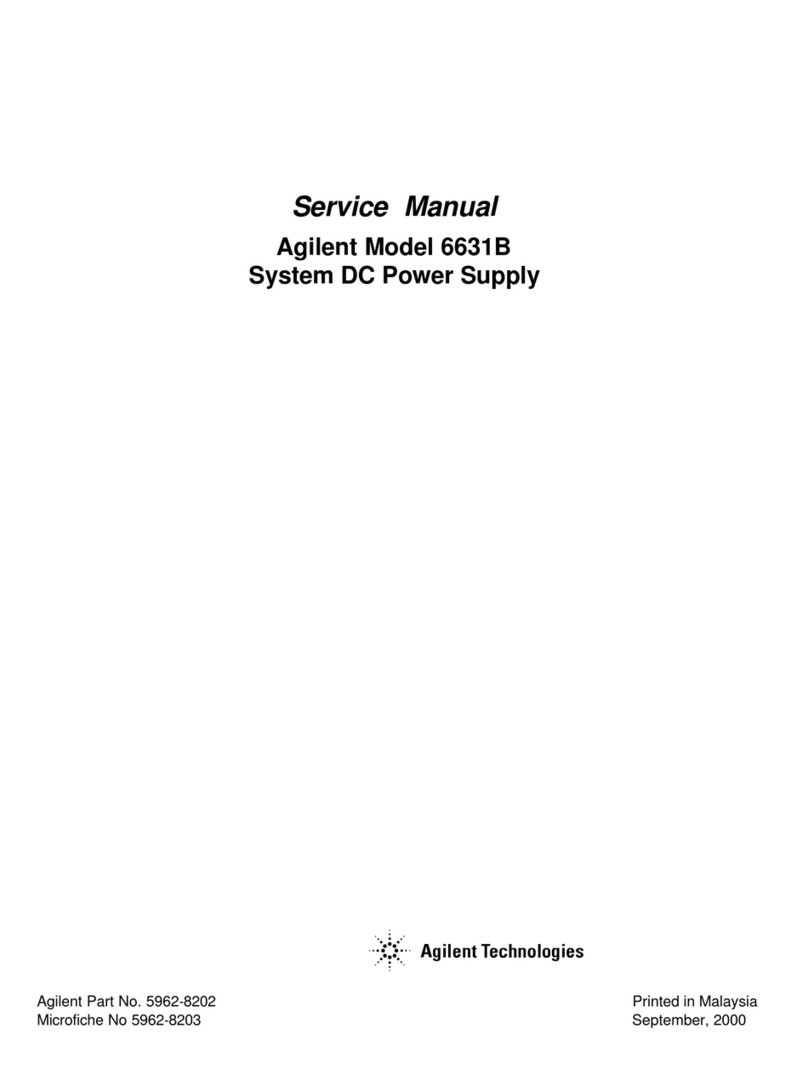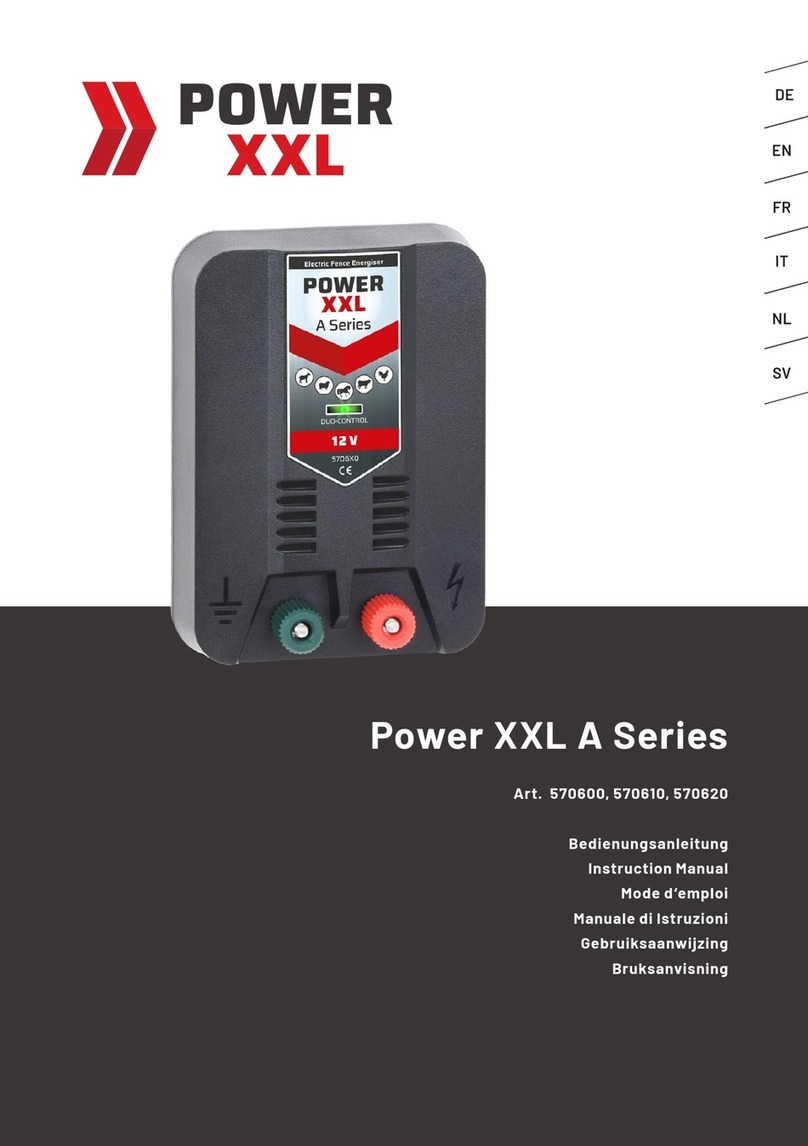
QT20 Instruction Manual for Power Supplies
QT20 Bedienungsanleitung für Stromversorgung
Technical Data 1) Technische Daten
1) QT20.241
QT20.241-C1 14) QT20.361 QT20.481
Output Voltage Ausgangsspannung nom. DC 24-28V DC 36-42V DC 48-55V
Factory Setting at Full Load Werkseinstellung bei Nennlast “Single-Use”, typ. 24.1V 36.0V 48.0V
Output Current continuous Ausgangsstrom dauernd nom. 20A at 24V, 17.5A at 28V 13.3A at 36V, 11.4A at 42V 10A at 48V, 8.7A at 55V
Output Current for typical 4s Ausgangsstrom für typisch 4s nom. 30A at 24V, 26A at 28V 20A at 36V, 17.1A at 42V 15A at 48V, 13A at 55V
Output Power continuous Ausgangsleistung dauernd nom. 480W 480W 480W
Output Power for typical 4s Ausgangsleistung für typisch 4s nom. 720W 720W 720W
Output Ripple & Noise Voltage 2) Ausgangswelligkeit
2) max. 100mVpp 100mVpp 100mVpp
AC Input Voltage AC Eingangsspannung nom. 3AC 380-480V ±15%% 3AC 380-480V ±15%% 3AC 380-480V ±15%%
Input Frequency Eingangsfrequenz nom. 50-60Hz 50-60Hz 50-60Hz
AC Input Current per Phase 3) AC Eingangsstrom pro Phase 3) typ. 0.78A / 0.64A 0.78A / 0.64A 0.78A / 0.64A
Power Factor 3) Leistungsfaktor
3) typ. 0.94 / 0.95 0.94 / 0.95 0.94 / 0.95
Allowed Voltage Phase to Earth Erlaubte Spannung Phase zu Erde IEC 60664-1, max. 552Vac 552Vac 552Vac
PFC-Norm EN 61000-3-2 PFC-Norm EN 61000-3-2 - Yes / Ja Yes / Ja Yes / Ja
DC Input Voltage DC Eingangsspannung nom. - - -
Input Inrush Current 4) Einschaltspitzenstrom
4) typ. 3A / 3A 3A / 3A 3A / 3A
Hold-up Time 3) Pufferzeit
3) typ. 22ms / 22ms 22ms / 22ms 22ms / 22ms
Efficiency 3) Wirkungsgrad
3) typ. 95.0% / 94.8% 94.8% / 94.6% 95.4% / 95.0%
Power Losses 3) Verlustleistung
3) typ. 25.3W / 26.6W 26.3W / 27.4W 23.1W / 25.3W
Operational Temperature Range Betriebstemperaturbereich nom. -25°C - +70°C -25°C - +70°C -25°C - +70°C
Output Derating Leistungsrücknahme +60°C to +70°C 12W/°C 12W/°C 12W/°C
Storage Temperature Range Lagertemperaturbereich nom. -40°C - +85°C -40°C - +85°C -40°C - +85°C
Humidity 5)Feuchte
5) IEC 60068-2-30 5 - 95% r.H. 5 - 95% r.H. 5 - 95% r.H.
Vibration Schwingen IEC 60068-2-6 2g 2g 2g
Shock Schocken IEC 60068-2-27 30g 6ms, 20g 11ms 30g 6ms, 20g 11ms 30g 6ms, 20g 11ms
Degree of Pollution (non-conductive) Verschmutzungsgrad (nicht leitend) EN 50178 / 62103 2 2 2
Degree of Protection Schutzart EN 60529 IP20 IP20 IP20
Class of Protection Schutzklasse IEC 61140 I 6) I 6) I
6)
Over-temperature Protection Übertemperaturschutz OTP Yes / Ja Yes / Ja Yes / Ja
Output Over-voltage Protection Überspannungsschutz am Ausgang OVP, max. 35Vdc 53Vdc 60Vdc
Leakage Current 7) TN/TT-mains PE- Ableitstrom
7) TN/TT- Netze max. 0.54mA / 0.78mA 0.54mA / 0.78mA 0.54mA / 0.78mA
IT-mains IT- Netze max. 1.12mA / 1.62mA 1.12mA / 1.62mA 1.12mA / 1.62mA
Return Voltage Resistance 8) Rückspeisefestigkeit
8) max. 34Vdc 48Vdc 58Vdc
Parallel Use 11) Parallelschaltbar
11) Yes / Ja Yes / Ja Yes / Ja
Serial Use 12) Serienschaltbar
12) Yes / Ja Yes / Ja Yes / Ja
Dimensions 9) (WxHxD) Abmessungen
9) (BxHxT) nom. 65x124x127mm 65x124x127mm 65x124x127mm
Weight Gewicht max. 870g / 1.92lb 870g / 1.92lb 870g / 1.92lb
DC-OK Signal DC-OK Signal Yes / Ja 13) Yes / Ja 13) Yes / Ja 13)
Approvals Zulassungen 10) 10) 10)
Limited Warranty Gewährleistung Years / Jahre 3 3 3
1) All parameters are specified at 3x400Vac input voltage, TN, TT or IT mains systems,
symmetrical phase voltages, nominal output current, 25°C ambient and after a 5 minutes run-
in time unless otherwise noted.
2) 50-Ohm measurement, bandwidth 20MHz
3) at 3x400Vac, 50Hz / 3x480Vac, 60Hz; symmetric mains
4) Peak value, Input inrush current electronically limited and is temperature independent.
5) Do not energize while condensation is present.
6) PE connection required (Ground)
7) Leakage current at 3x440Vac, 50Hz / 3x528Vac, 60Hz
8) Loads such as decelerating motors and inductors can feed voltage back to the output of the
power supply. The figure represents the maximum allowed feed back voltage
9) Depth without DIN-rail
10)See datasheet or markings on the unit.
11)A fuse (or diode) on the output is required if more than three units are paralleled.
12)Use only power supplies of the same type. The total output voltage should not exceed
150Vdc.
13)Relay contact: 60Vdc 0.3A; 30Vdc 1A; 30Vac 0.5A
14)-C1 Version: with conformal coated PC-board
1) Alle Werte gelten bei 3x400Vac Eingangsspannung, TN- TT- IT-Netze, symmetrischer
Phasenspannung, Nennausgangsstrom, 25°C Umgebung und nach einer Aufwärmzeit von 5
Minuten, wenn nichts anderes angegeben ist.
2) 50-Ohm Messung, Bandbreite 20MHz
3) bei 3x400Vac, 50Hz / 3x480Vac, 60Hz; symmetrisches Netz
4) Spitzenwert; Der Einschaltstromstoß ist elektronisch begrenzt und temperaturunabhängig.
5) Nicht betreiben, solange das Gerät Kondensation aufweist.
6) PE Verbindung erforderlich.
7) Ableitstrom bei 3x440Vac, 50Hz / 3x528Vac, 60Hz
8) Bremsende Motoren oder Induktivitäten können Spannung zum Ausgang des Netzteils
rückspeisen. Der Wert gibt die max. zulässige Rückspeisespannung an.
9) Tiefe ohne DIN-Schiene
10)Siehe Datenblatt oder Prüfzeichen auf dem Gerät.
11)Bei mehr als drei Geräten wird eine Sicherung oder eine Diode zur Entkopplung benötigt.
12)Nur gleiche Geräte bis zu einer Gesamtspannung von 150Vdc
13)Relaiskontakt: 60Vdc 0,3A; 30Vdc 1A; 30Vac 0,5A
14)-C1 Version: Gerät mit schutzlackierter Leiterplatte
Installation
Use DIN-rails according to EN 60715 or EN 50022 with a height of 7.5 or 15mm. Mounting
orientation must be input terminals on the bottom. For other orientations see data sheet. Do
not obstruct air flow as the unit is convection cooled. Ventilation grid must be kept free of any
obstructions. The following installation clearances must be kept when power supplies are
permanently fully loaded:
Left / right: 5mm (or 15mm in case the adjacent device is a heat source)
40mm on top, 20mm on the bottom of the unit.
Use in hazardous location areas
Units which are marked with "Class I Div 2" are suitable for use in Class I Division 2 Groups
, B, C, D locations.
WARNING EXPLOSION HAZARDS!
Substitution of components may impair suitability for this environment. Do not disconnect the
unit or operate the voltage adjustment unless power has been switched off or the area is
known to be non-hazardous. A suitable enclosure must be provided for the end product which
has a minimum protection of IP54 and fulfils the requirements of the EN 60079-15:2010.
Installation
Geeignet für DIN-Schienen entsprechend EN 60715 oder EN 50022 mit einer Höhe von 7,5 oder
15mm. Der Einbau hat so zu erfolgen, dass sich die Eingangsklemmen unten befinden. Für andere
Einbaulagen siehe Datenblatt. Luftzirkulation nicht behindern! Das Gerät ist für Konvektionskühlung
ausgelegt. Es ist für ungehinderte Luftzirkulation zu sorgen. Folgende Einbauabstände sind bei
dauerhafter Volllast einzuhalten:
Links / rechts: 5mm (oder 15mm bei benachbarten Wärmequellen)
Oben: 40mm, unten 20mm vom Gerät.
Betrieb in explosionsgefährdeter Umgebung
Geräte, die mit "Class I Div 2" gekennzeichnet sind, sind für den Einsatz in Klasse I Division 2
Gruppen A,B,C,D Umgebung geeignet.
CHTUNG EXPLOSIONSGEFAHR!
Veränderungen am Gerät können die Tauglichkeit für diese Umgebung beeinträchtigen. Anschlüsse
nicht abklemmen und Spannungseinstellung nicht verändern, solange Spannung anliegt oder die
Umgebung als explosionsgefährlich gilt. Das Gerät muss mindestens in ein IP54 Gehäuse, welches
den Anforderungen der EN 60079-15:2010 entspricht, eingebaut werden.
Input Fuses
The unit is tested and approved for branch circuits up to 20A. An external protection is only
required if the supplying branch has an ampacity greater than this, however, in some
countries local regulations might apply. Check local codes and requirements. If an external
fuse is necessary or utilized, minimum requirements need to be considered to avoid nuisance
tripping of the circuit breaker. A minimum value of 6A B- or 3A C-Characteristic breaker
should be used.
Sicherungen am Eingang
Das Gerät ist geprüft und zugelassen zum Anschluss an Stromkreisen bis max. 20A. Ein
zusätzlicher externer Schutz ist nur erforderlich, wenn der Speisestromkreis mit einem höheren Wert
abgesichert ist oder nationale Richtlinien es vorschreiben. Falls ein externes Schutzelement
verwendet wird, soll dieses nicht kleiner als 6A B- oder 3A C-Charakteristik sein, um ein fehlerhaftes
uslösen zu vermeiden.
